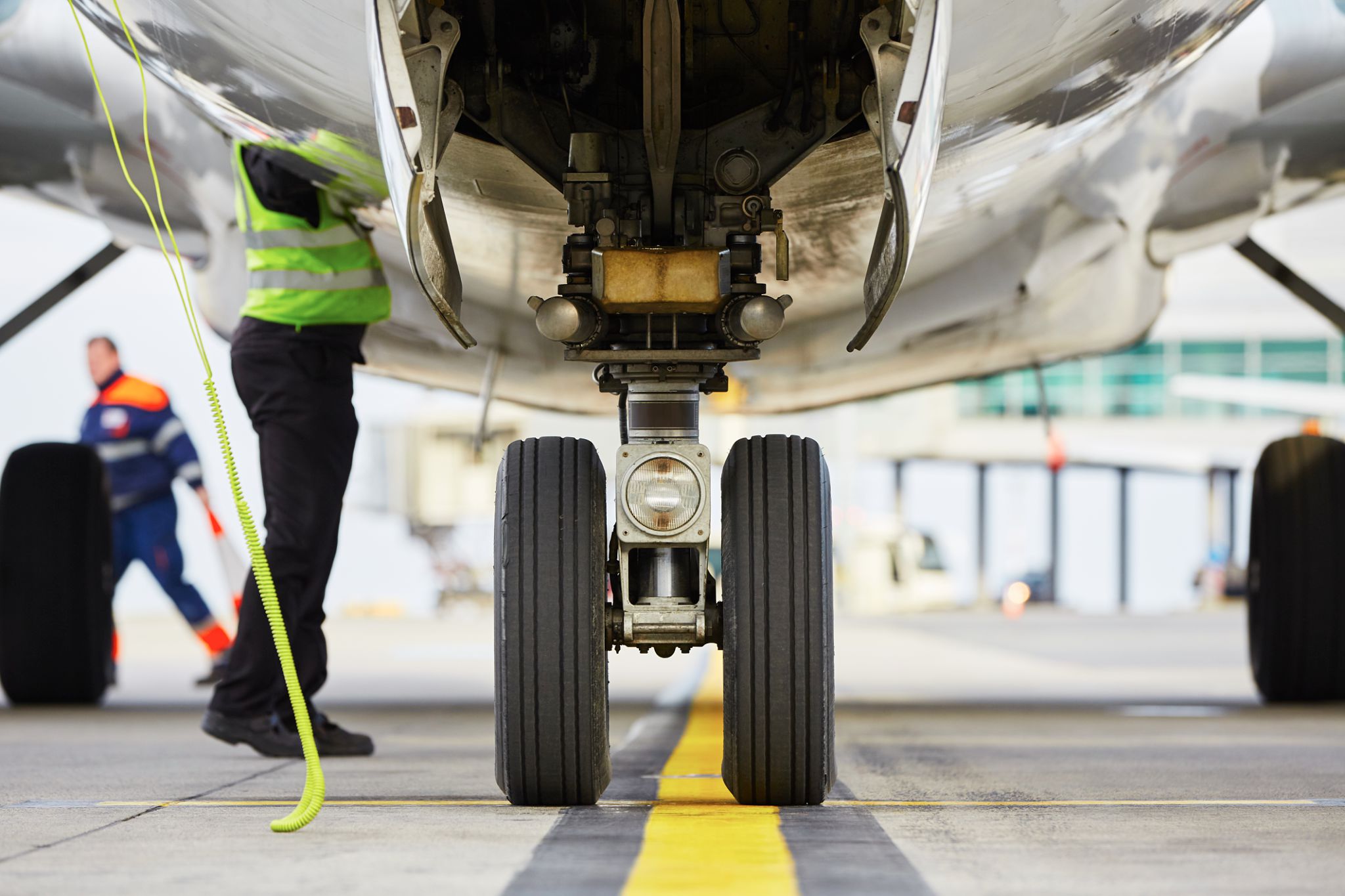Implementing Aviation Safety Management Systems: Best Practices
Understanding Aviation Safety Management Systems
Aviation Safety Management Systems (SMS) are crucial frameworks designed to enhance the safety of aviation operations. They provide a structured approach to managing safety risks and ensuring regulatory compliance. The implementation of an effective SMS can significantly reduce the likelihood of accidents and incidents, promoting a safer environment for both passengers and crew.
SMS is a comprehensive process that involves identifying potential hazards, assessing risks, and implementing measures to mitigate those risks. It is important for all aviation stakeholders, including airlines, airports, and maintenance organizations, to adopt and integrate these systems into their operations.

Key Components of an SMS
An effective SMS is built on four main components: Safety Policy, Safety Risk Management, Safety Assurance, and Safety Promotion. Each component plays a vital role in maintaining a robust safety culture within an organization.
Safety Policy
The Safety Policy forms the foundation of an SMS. It outlines the organization's commitment to safety and sets the expectations for all employees. A well-defined policy should be communicated clearly to all staff members, ensuring that everyone understands their role in maintaining safety.
Safety Risk Management
Safety Risk Management involves identifying potential hazards and assessing the associated risks. This process enables organizations to implement risk control measures effectively. Regular risk assessments help in adapting to new challenges and maintaining a proactive approach to safety.

Implementing Best Practices
Successful implementation of an SMS involves adopting best practices that enhance the system's effectiveness. Here are some key practices to consider:
- Leadership Commitment: Strong leadership is essential for fostering a safety-first culture. Management should demonstrate their commitment by actively participating in safety initiatives.
- Employee Involvement: Engage employees at all levels by encouraging them to report hazards and participate in safety training programs.
- Continuous Improvement: Regularly review and update safety processes to ensure they remain effective and relevant.
Training and Education
Continuous training and education are pivotal for maintaining an effective SMS. Organizations should provide regular training sessions to keep staff updated on the latest safety practices and technologies. This not only enhances skill levels but also promotes a strong safety culture.

Monitoring and Evaluation
To ensure the ongoing effectiveness of an SMS, continuous monitoring and evaluation are necessary. This involves regularly reviewing safety performance data, conducting audits, and analyzing incident reports. By doing so, organizations can identify areas for improvement and take corrective actions promptly.
Moreover, feedback mechanisms should be in place to encourage open communication between employees and management. This helps in identifying potential issues before they escalate into serious problems.
The Role of Technology
Advancements in technology have greatly enhanced the capabilities of SMS in recent years. Implementing modern software solutions allows for better data collection, analysis, and reporting. These tools can provide real-time insights into safety performance, enabling organizations to make informed decisions quickly.

In conclusion, implementing an effective Aviation Safety Management System requires commitment from all levels within an organization. By understanding its components, adopting best practices, and leveraging technology, aviation stakeholders can significantly enhance their safety operations. This leads to not only compliance with regulatory requirements but also a safer environment for everyone involved in aviation activities.
